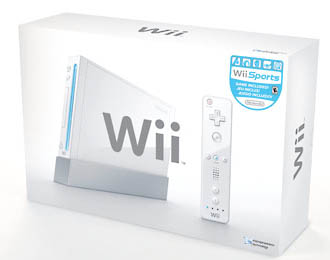James Surowiecki writes in the New Yorker about Nintendo’s recent success with its WII and portable DS systems while Sony and Microsoft have engaged in an “arms race” for video game supremacy. Surowiecki uses the Nintendo example to debunk the theory that not being the first or second largest player in a market is inevitably a losing affair. He writes:
Nintendo has dropped out of this race. The Wii has few bells and whistles and much less processing power than its “competitors,” and it features less impressive graphics. It’s really well suited for just one thing: playing games. But this turns out to be an asset. The Wii’s simplicity means that Nintendo can make money selling consoles, while Sony is reportedly losing more than two hundred and forty dollars on each PlayStation 3 it sells—even though they are selling for almost six hundred dollars. Similarly, because Nintendo is not trying to rule the entire industry, it’s been able to focus on its core competence, which is making entertaining, innovative games. For instance, the Wii features a motion sensor that allows you to, say, hit a tennis ball onscreen by swinging the controller like a tennis racquet. Nintendo’s handheld device, the DS, became astoundingly popular because of simple but brilliant games like Nintendogs, in which users raise virtual puppies. And because Nintendo sells many more of its own games than Sony and Microsoft do, its profit margins are higher, too. Arguably, Nintendo has thrived not despite its fall from the top but because of it.
I haven’t been able to get my hands on a Wii console yet, but if playing its games are every bit as fun as watching other people play its games, I suppose I should try harder to find one of the sold-out units. The last Nintendo system I owned was the Nintendo 64, which was long-delayed, much-hyped, and then underwhelming.
